- Automobiles & Motorcycles
- Beauty & Personal Care
- Business Services
- Chemicals
- Construction & Real Estate
- Consumer Electronics
- Electrical Equipment & Supplies
- Electronic Components & Supplies
- Energy
- Environment
- Excess Inventory
- Fashion Accessories
- Food & Beverage
- Furniture
- Gifts & Crafts
- Hardware
- Health & Medical
- Home & Garden
- Home Appliances
- Lights & Lighting
- Luggage, Bags & Cases
- Machinery
- Measurement & Analysis Instruments
- Mechanical Parts & Fabrication Services
- Minerals & Metallurgy
- Office & School Supplies
- Packaging & Printing
- Rubber & Plastics
- Security & Protection
- Service Equipment
- Shoes & Accessories
- Sports & Entertainment
- Telecommunications
- Textiles & Leather Products
- Timepieces, Jewelry, Eyewear
- Tools
- Toys & Hobbies
- Transportation
What is the electric actuator?
In the world of automation and control systems, electric actuators play a pivotal role in converting electrical energy into mechanical motion. These devices are instrumental in various industries, from manufacturing and aerospace to robotics and beyond.
1. Defining the Electric Actuator:
1.1 Basic Function:
An electric actuator is a device designed to convert electrical energy into mechanical motion. It serves as a mechanism for controlling and automating various processes by translating electrical signals into precise movements.
1.2 Diverse Applications:
Electric actuators find applications in a wide range of industries, offering precision and efficiency in tasks such as valve control, positioning systems, conveyor belt operations, and robotic movements.
2. Components and Types:
2.1 Motor:
At the heart of an electric actuator is an electric motor. The motor generates rotational motion, which is then translated into linear or rotary motion, depending on the design and application of the actuator.
2.2 Mechanical Transmission:
Electric actuators often incorporate mechanical transmission components such as gears, screws, or belts to convert the rotary motion of the motor into the desired linear or rotary output.
2.3 Controller:
A control system or controller manages the operation of the electric actuator. It interprets input signals, often in the form of voltage or current, and directs the motor to achieve the desired motion.
2.4 Types of Electric Actuators:
Electric actuators come in various types, including:
Linear Actuators: Generate linear motion, commonly used in applications like lifting systems and sliding doors.
Rotary Actuators: Produce rotary motion, suitable for tasks such as valve control and robotic arm movements.
Multi-Turn Actuators: Designed for applications requiring multiple revolutions, such as gate or damper control.
3. Working Principle:
3.1 Conversion of Electrical Energy:
Electric actuators operate on the principle of converting electrical energy into mechanical energy. The electric motor receives electrical signals from the controller, generating rotational force.
3.2 Mechanical Output:
Further reading:How Many Types of Hydraulic Seals Are There?
Types of Excavator Hydraulic Buckets
Applications of Underground Resilient Seat Gate Valve
Expanding Gate Valve: An Essential Component for Efficient Fluid Control
Enhance Your Gas Supply with the Natural Gas Y Strainer
EPDM Rubber Seal Strip: The Ultimate Guide
What is rigid flange coupling?
The mechanical transmission components then transform the rotational motion of the motor into linear or rotary output, depending on the actuator's design and intended application.
3.3 Controlled Movement:
The controller ensures precise control over the movement of the actuator. By adjusting the input signals, the controller dictates the speed, direction, and extent of the actuator's motion.
4. Applications in Various Industries:
4.1 Valve Control in Manufacturing:
Electric actuators are extensively used in manufacturing processes to control valves, regulating the flow of liquids or gases. This is crucial in industries such as chemical processing, water treatment, and oil and gas.
4.2 Positioning Systems in Robotics:
In robotics, electric actuators play a vital role in positioning systems, enabling precise and controlled movements of robotic arms and limbs. This is essential in applications ranging from assembly lines to surgical robots.
4.3 Conveyor Belt Operations:
Electric actuators contribute to the automation of conveyor belt systems, facilitating the smooth and efficient movement of materials in industries such as logistics, warehouses, and manufacturing.
4.4 Aerospace and Aviation:
Electric actuators are utilized in aircraft systems for tasks like adjusting wing surfaces, controlling landing gear, and fine-tuning various components. Their reliability and precision are critical in the aerospace industry.
5. Advantages of Electric Actuators:
5.1 Precision and Accuracy:
Electric actuators offer high precision and accuracy in controlling motion, making them suitable for applications that demand exact positioning and movement.
5.2 Energy Efficiency:
Compared to some other types of actuators, electric actuators can be more energy-efficient, as they only consume electricity when in operation.
5.3 Ease of Control and Integration:
Electric actuators are easily controllable through electronic systems, allowing for seamless integration into automated processes. They can be part of sophisticated control systems that respond to specific input signals.
Electric actuators stand as indispensable components in the landscape of automation, providing the means to translate electrical signals into controlled mechanical motion. From manufacturing plants to aerospace applications and beyond, these devices play a crucial role in enhancing precision, efficiency, and reliability in automated processes. As technology continues to advance, electric actuators are likely to evolve further, contributing to the ongoing transformation of industries relying on automated and controlled systems.
The Advantages of Fork Clamps: Revolutionizing Forklift Operations
What type of engine is a diesel engine?
What is an outlet elbow?
What are the materials used in vibrating screen mesh?
What is a low pressure compressor used for?
What are the Types of Roller Bearings?
Selecting the Perfect Vertical Slurry Pump: Factors to Consider
Related Articles
If you are interested in sending in a Guest Blogger Submission,welcome to write for us!




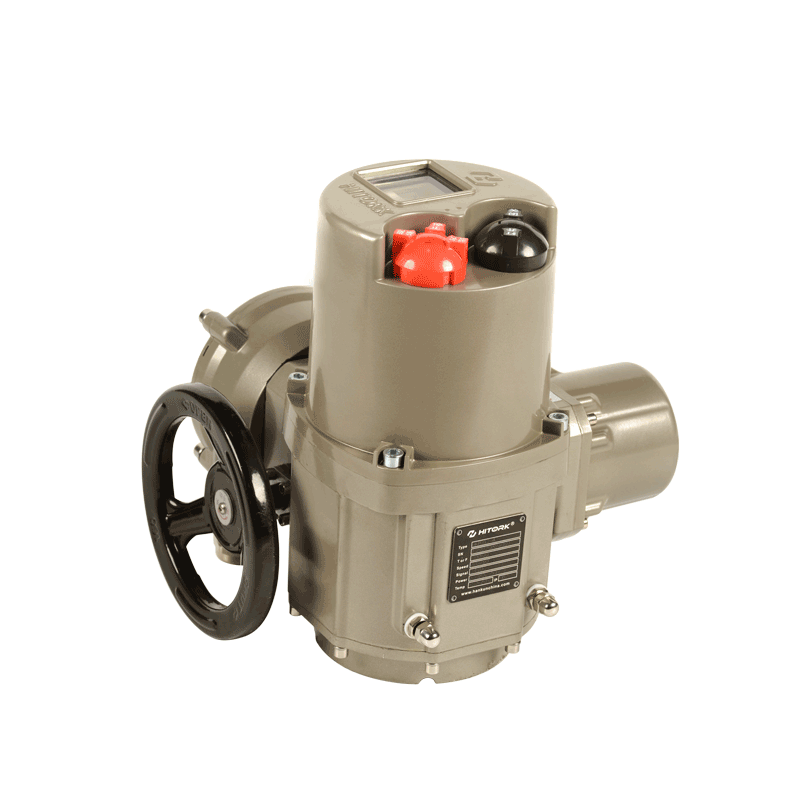
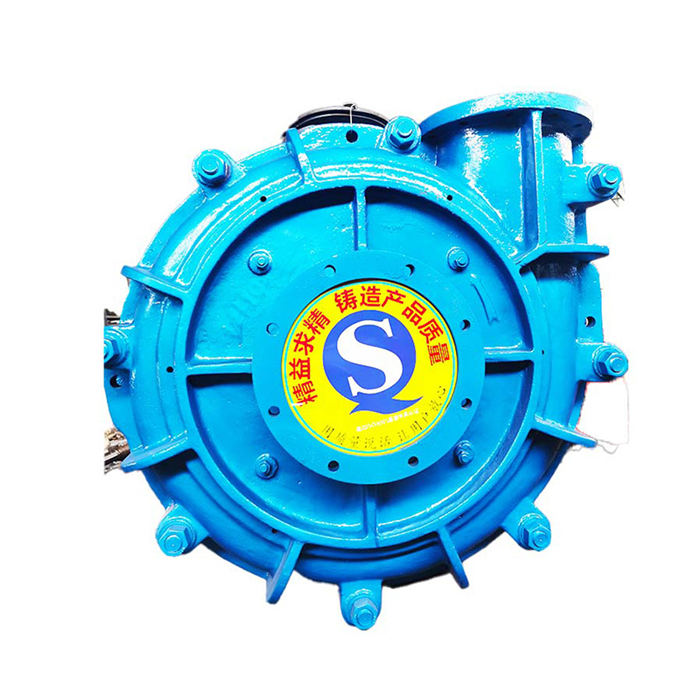

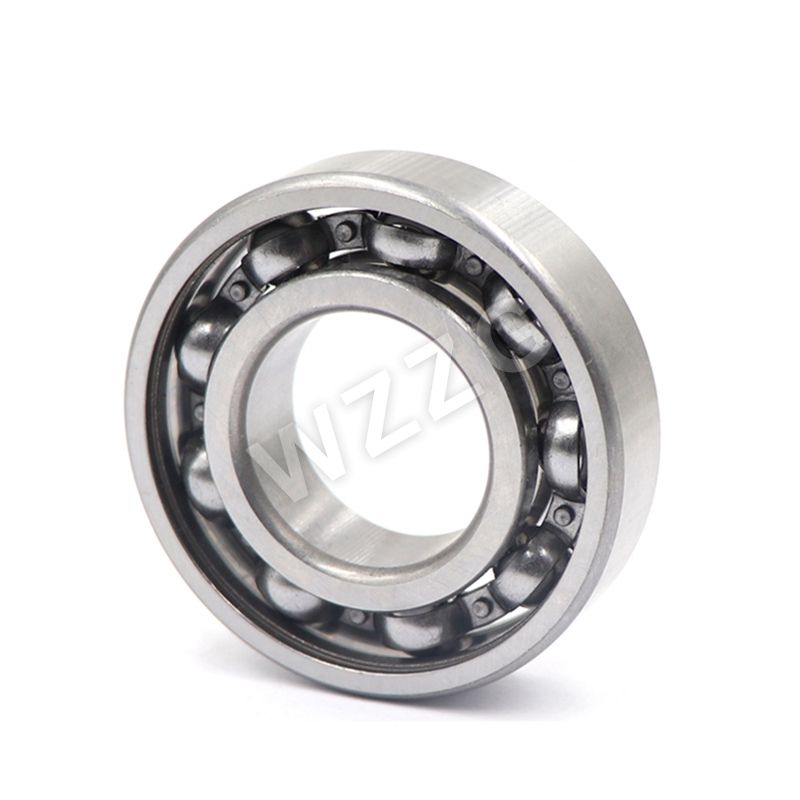

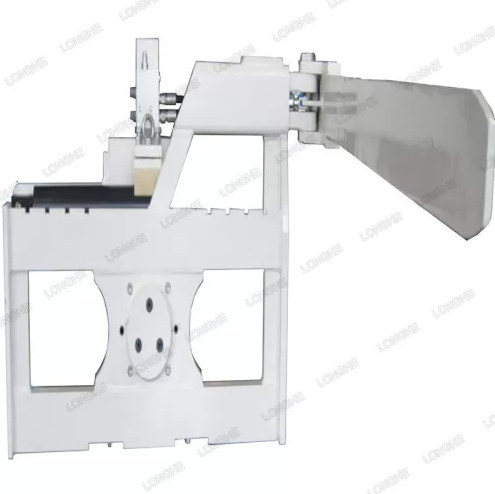
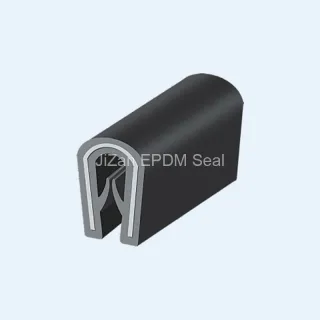
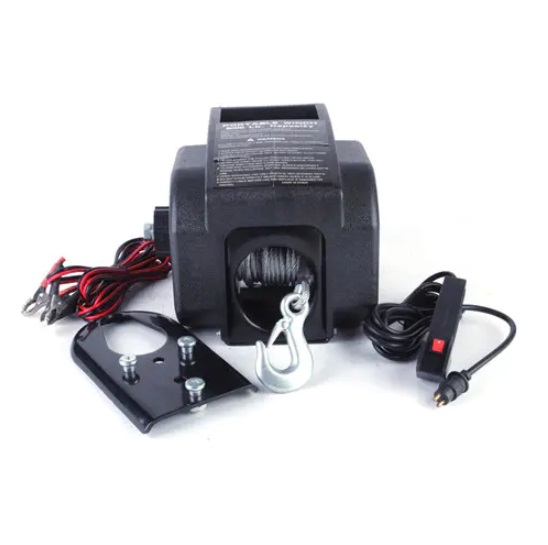
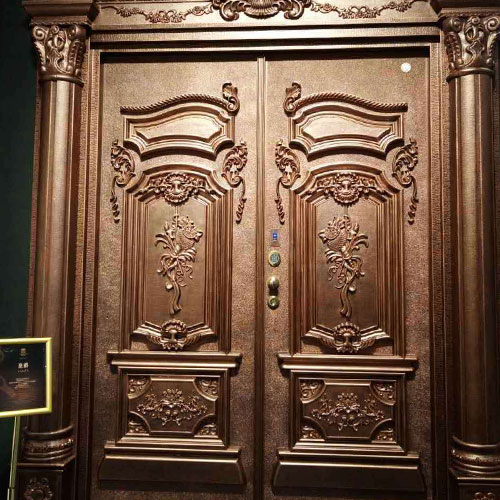
Comments
0